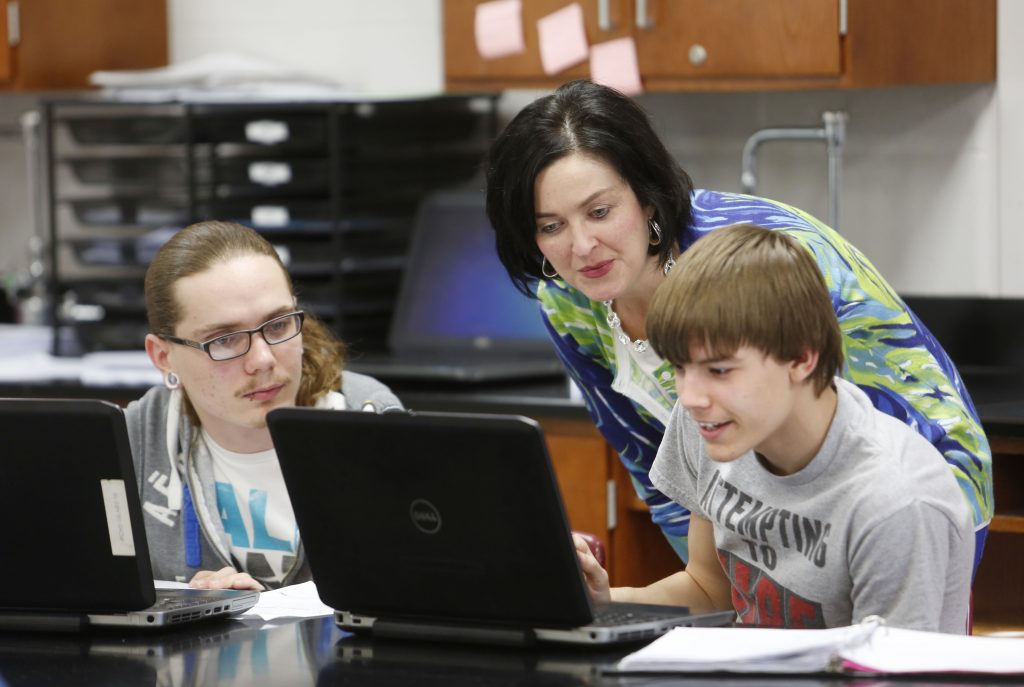Category: Tag: National Geographic Education
Julia LaCava is a summer intern at the Concord Consortium. A junior at Ithaca College, she majors in communications. Teaching about climate change in the age of the Internet is harder than you might think. “Many online climate change lessons are actually junk” was the bold title of a recent article published by AP News, […]
“Thinking is hard work,” laughs Stephanie Harmon, who teaches physics, Earth science, and physical science at Rockcastle County High School in Kentucky. One of her primary goals is teaching students to think. “So much happens to us on a daily basis that we take for granted as long as everything is going okay,” she says. […]
With renewed attention to global environmental challenges, understanding how Earth’s systems work is essential to both thinking about those challenges and finding potential solutions. Teaching about human interactions with Earth systems requires that students apply relevant science concepts to these challenges. For example, students should understand the water cycle when exploring freshwater distribution, the atmospheric […]
Following the recommendation to incorporate the Next Generation Science Standards (NGSS) science and engineering practices in their classrooms, schools across the country are looking for ways to integrate scientific argumentation into their curriculum. Since 2012 the High-Adventure Science project in collaboration with National Geographic Education has offered free online modules for Earth and space science […]
The Clean Power Plan, which sets state-by-state targets for carbon emissions reductions, has been called a climate game changer, but the director of the Environmental Protection Agency, Scott Pruitt, has repealed the plan to curb greenhouse gas emissions from power plants. Over the last several decades there has been an increasing awareness of the ways […]
We are excited to announce that the Concord Consortium’s High-Adventure Science modules are now available on the National Geographic Education website, thanks to a National Science Foundation-funded partnership with National Geographic Education. High-Adventure Science modules have been used by thousands of students so far, and we welcome the opportunity to share our modules with a wider audience of middle and high school teachers.
